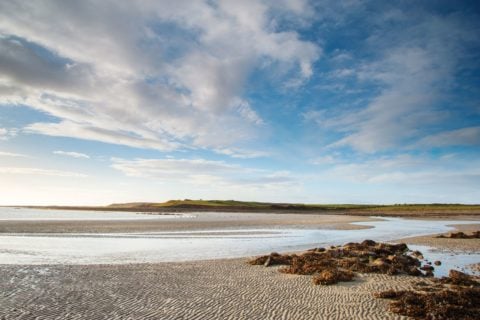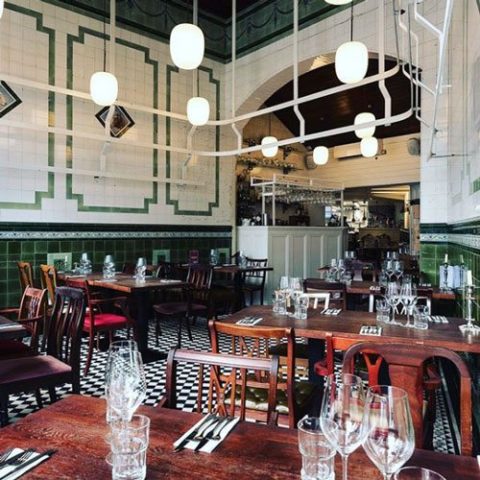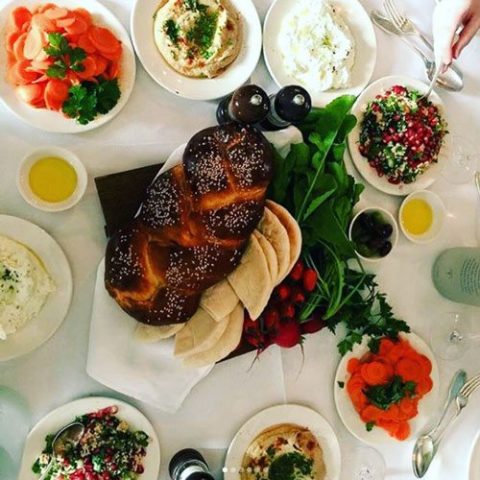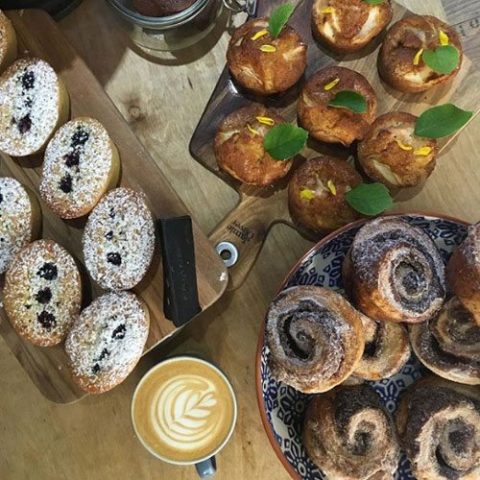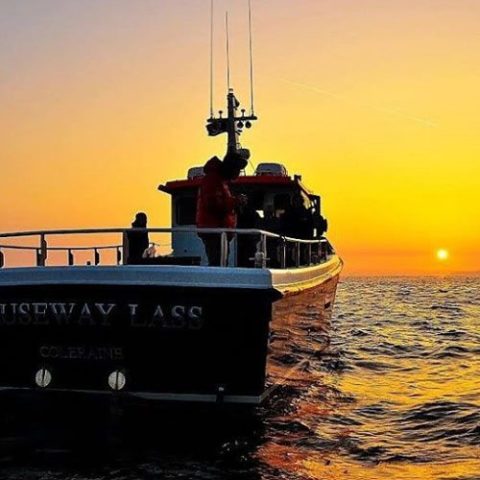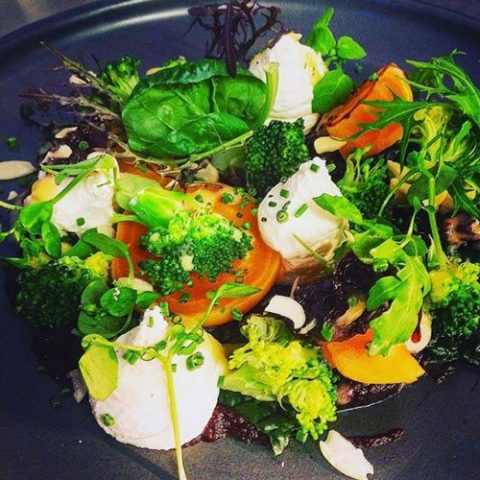Northern Ireland Is More Than Just St. Patrick’s Day and Game of Thrones Tours—It’s a Culinary Destination
Visitors are lured by the comparably low British pound and Game of Thrones fans flock to the TV show’s filming locations in the region. But there are other attractions tourists are eating up.
I’m looking down at a breakfast that could feed three people, not just me.
“The smoked salmon comes from the fishmonger down the street, and the organic wheaten bread we make ourselves,” says Ernestine McKeever, the host of our luxury B&B, Strand House, in the seaside town of Portstewart in northwest Northern Ireland. She isn’t a trained chef, but she sure cooks like one. “Nothing here comes from the supermarket; it’s all farmers market,” she adds, laying out a full breakfast that includes dry-cured bacon and free-range eggs and listing off the pedigree of each one. I surprise myself by actually making a huge dent in the gigantic portions. No need for lunch, I tell myself.
Who am I kidding? I manage to eat three solid square meals a day each day of my road trip through Northern Ireland, sampling the tastes of the land at every
hairpin turn.
“[Ireland is] championing an artisanal approach to food and drink, reaching back to the good old days when ingredients came from the backyard and people took the time to make things by hand.”
While the Slow Food movement is by no means new, food tourism here is. McKeever is just one of a growing number of travel industry people championing an artisanal approach to food and drink, reaching back to the good old days when ingredients came from the backyard and people took the time to make things by hand.
I run into this “food revolution” time and again—in the bakeries, at roadside cafés, in the markets, at the waterfront. Tourism—including a special interest in local foods—has been on the rise since The Troubles died down. Besides the safety of the area now, visitors are lured to Northern Ireland by the comparably low (post-Brexit) British pound, and Game of Thrones fans flock to the TV show’s numerous filming locations in the region. Lonely Planet lists Belfast and the Causeway Coast as the number one spot on its top 10 regions to visit in 2018—that’s pretty good clout.
In Tracey Jeffery’s case, her bread and butter is actually bread. She runs NI Food Tours near Killinchy, southeast of Belfast, where her Traditional Irish Bread Making Experience has us kneading and baking authentic soda and potato breads in her country kitchen on the shores of Strangford Lough. “I’m getting beneath the skin of bread making, delivering a cultural experience,” says Jeffery. She entices us with homemade preserves and a slab of hand-churned Abernethy Butter that’s so good, I slather on twice as much as I really need—I practically butter my fingers. She adds dulse (a type of seaweed) to it, which gives the butter a salty backbone. She also uses dulse to season meat. “Our ingredients speak for themselves,” she says. “We have such pride in them.”
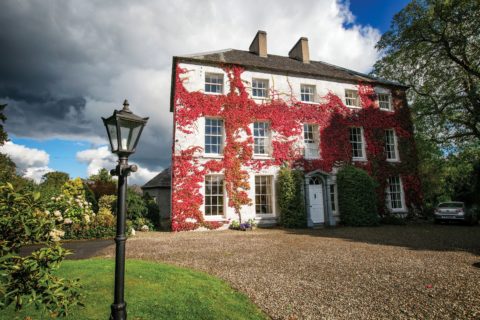
Abernethy Butter seems to be everywhere. I find it again on the table at Newforge House, a six-room Georgian guest home on the outskirts of the village of Magheralin run by John and Louise Mathers. John converted the old family home in 2005, relocating his parents to what his mother refers to as the “pig houses” at the back of the 16-hectare property. While the antiques are extraordinary and the rooms beyond comfortable, people come here to eat. All the meat is raised a stone’s throw away, both a garden and an orchard yield multiple taste sensations, and a dozen or so hens come through each morning with fresh eggs. “Growing our own or using local produce means that we use not only foods in season, when they are at their best, but also varieties that best suit our weather conditions and soil,” explains Louise. “These varieties are usually different—and taste different—from those found in supermarkets and at wholesalers.”
While many of Newforge’s guests have an interest in food—and how it is grown and cooked—most are surprised by how much flavour the simplest dish can deliver. “Northern Ireland is a great destination for food tourists because of our fertile soils, ample pasture land, temperate climate and rain,” adds Louise.
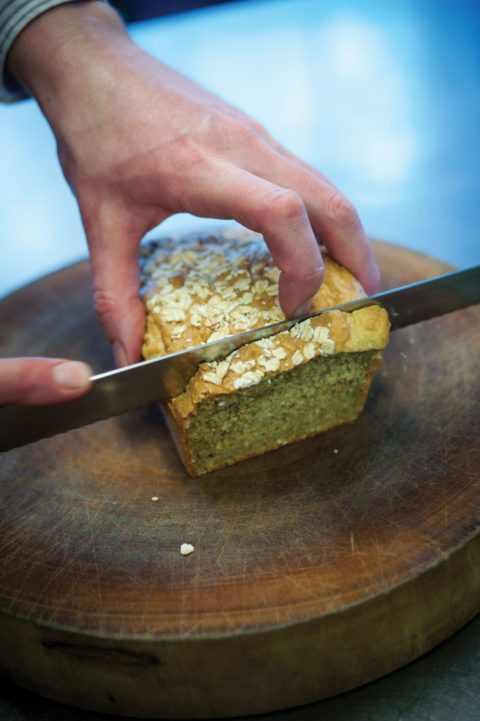
It sounds achingly simple, but she’s right, of course. Just like at McKeever’s breakfast table, the people in Northern Ireland’s food scene who are going the traditional route have a pure passion for food—and for sharing it with you—whether they’re baking bread, scaling fish or whipping up an elderflower-rhubarb chutney to go with a roast lamb.
It’s no surprise people are eating it up.

